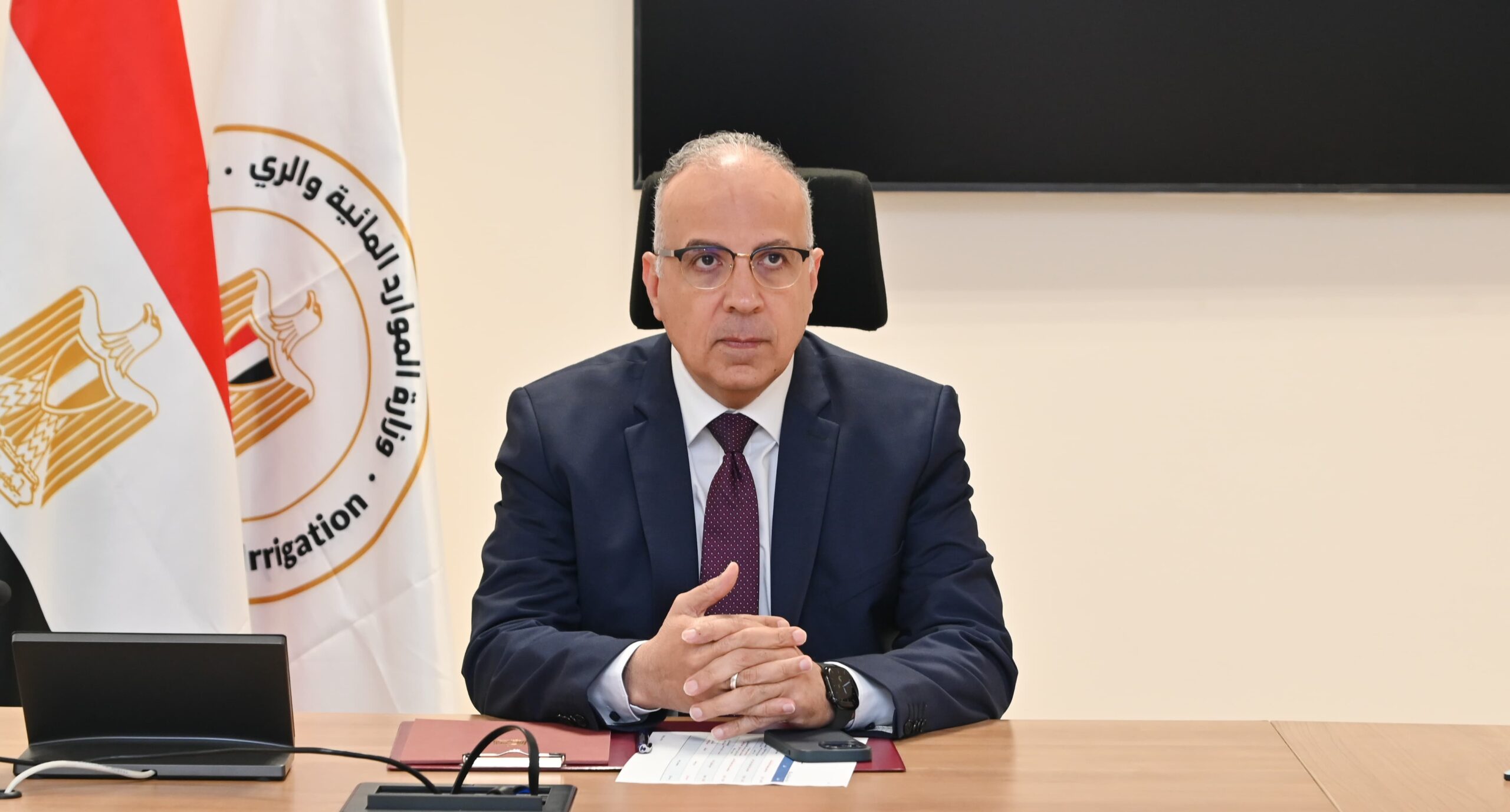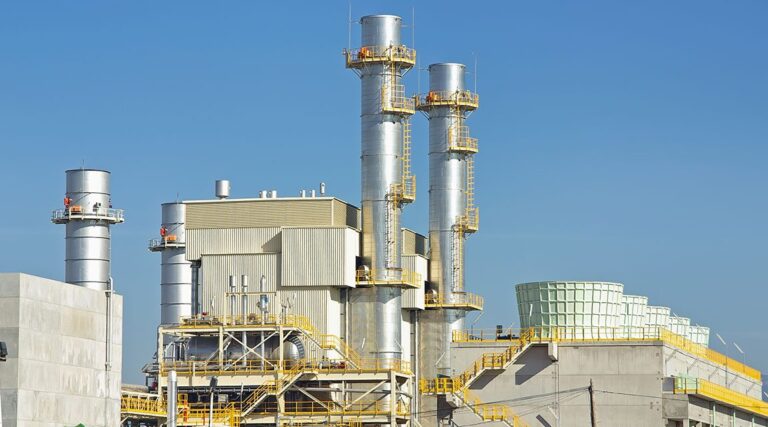
Egypt’s Minister of Water Resources and Irrigation, Dr. Hani Sweilem, has reiterated the government’s commitment to integrating advanced technologies across all sectors of the ministry’s operations, in a move aimed at modernising irrigation and enhancing water resource management nationwide.
Speaking during a high-level meeting with ministry officials, Dr. Sweilem emphasized the ministry’s strategy to expand the use of cutting-edge equipment and digital systems to support the goals of Egypt’s second-generation irrigation programs.
“We remain committed to leveraging technological advancements and employing modern methods across all areas of the ministry’s work,” he stated.
The meeting, convened to review the latest international tools and technologies in waterway maintenance, showcased a variety of modern equipment designed to purify and preserve Egypt’s vital water channels. Among the items presented were machines capable of efficiently removing floating and submerged aquatic weeds, as well as advanced systems for restoring canal cross-sections and managing oil spills in waterways.
Dr. Sweilem highlighted the significance of selecting the most efficient purification equipment, describing it as a critical part of the government’s broader plan to improve water distribution, enhance the performance of canals and drains, and ensure the sustainability of the country’s water infrastructure.
“The move to select the best equipment for water purification comes within the framework of efforts to improve water management and distribution,” he said.
The minister also directed that all presented tools undergo thorough evaluation to determine their suitability for Egypt’s environmental conditions and water network structure.
The goal, he noted, is to ensure high operational efficiency and long-term reliability.
The ministry’s ongoing shift toward smart irrigation and technological integration reflects Egypt’s wider efforts to address growing water challenges, improve agricultural productivity, and secure its water future in the face of climate change and increasing demand.



